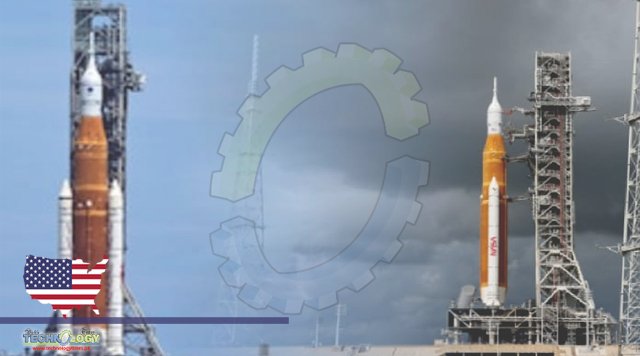Ground teams at Kennedy Space Center prepared on Saturday for a second try at launching NASA’s towering, next-generation moon rocket on its debut flight, hoping to have remedied engineering problems that foiled the initial countdown five days earlier.now NASA ready for second attempt at Artemis lunar launch

The 32-story tall Space Launch System (SLS) rocket and its Orion capsule were due for blastoff from Cape Canaveral, Florida, at 2:17 p.m. EDT (1817 GMT), kicking off NASA’s ambitious moon-to-Mars program Artemis program 50 years after the last Apollo lunar mission The previous launch bid on Monday ended with technical problems forcing a halt to the countdown and postponement of the uncrewed flight. NASA ready for second attempt at Artemis lunar launch, Tests indicated technicians have since fixed a leaky fuel line that contributed to Monday’s canceled launch, Jeremy Parsons, a deputy program manager at the space center, told reporters on Friday. Two other key issues on the rocket itself – a faulty engine temperature sensor and some cracks in insulation foam – have been resolved to NASA’s satisfaction, Artemis mission manager Mike Sarafin told reporters Thursday night. Weather is always an additional factor beyond NASA’s control. The latest forecast called for a 70% chance of favorable conditions during Saturday’s two-hour launch window, according to the U.S. Space Force at Cape Canaveral.If the countdown clock were halted again, NASA could reschedule another launch attempt for Monday or Tuesday.
Dubbed Artemis I, the mission marks the first flight for both the SLS rocket and the Orion capsule, built under NASA contracts with Boeing Co (BA.N) and Lockheed Martin Corp (LMT.N), It also signals a major change in direction for NASA’s post-Apollo human spaceflight program, after decades focused on low-Earth orbit with space shuttles and the International Space Station. NASA ready for second attempt at Artemis lunar launch, Named for the goddess who was Apollo’s twin sister in ancient Greek mythology, Artemis aims to return astronauts to the moon’s surface as early as 2025. Twelve astronauts walked on the moon during six Apollo missions from 1969 to 1972, the only spaceflights yet to place humans on the lunar surface. But Apollo, born of the U.S.-Soviet space race during the Cold War, was less science-driven than Artemis. The new moon program has enlisted commercial partners such as SpaceX and the space agencies of Europe, Canada and Japan to eventually establish a long-term lunar base of operations as a stepping stone to even more ambitious human voyages to Mars. Getting the SLS-Orion spacecraft off the ground is a key first step. Its first voyage is intended to put the 5.75-million-pound vehicle through its paces in a rigorous test flight pushing its design limits and hopefully proving the spacecraft suitable to fly astronauts.Barring last-minute difficulties, Saturday’s countdown should end with the rocket’s four main R-25 engines and its twin solid-rocket boosters igniting to produce 8.8 million pounds of thrust, about 15% more thrust the Saturn V, sending the spacecraft streaking skyward. About 90 minutes after launch, the rocket’s upper stage will thrust Orion out of Earth orbit on course for a 37-day flight that brings it to within 60 miles of the lunar surface before sailing 40,000 miles (64,374 km) beyond the moon and back to Earth. The capsule is expected to splash down in the Pacific on Oct. 11.
Source: This news is originally published by reuters